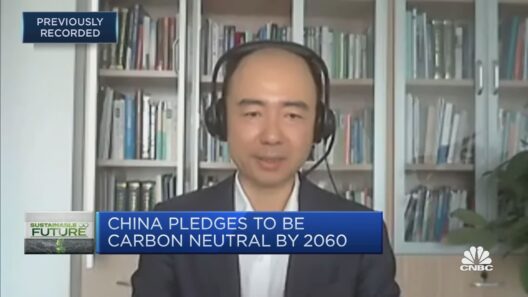In an era marked by burgeoning concerns over climate change and resource scarcity, the architectural and engineering disciplines have an imperative role to play in fostering sustainability. The crux of this endeavor lies in the painstaking design of buildings, which serve as both habitat and havens for human activity. Effective building design does not merely house people but also embodies principles of energy efficiency and conservation that can significantly mitigate energy consumption and enhance ecological resilience. This exploration elucidates the multifaceted strategies employed in building design to amplify energy efficiency and promote conservation.
The integration of passive design strategies is paramount in energy-efficient building design. Passive design entails leveraging the natural climatic conditions to maintain comfortable indoor environments while minimizing reliance on mechanical heating and cooling systems. For instance, strategic orientation of buildings can optimize solar gain during winter months while preventing excessive heat during summer. Incorporating overhangs and shading devices can respectively funnel and block sunlight, thereby regulating indoor temperatures throughout the seasons. Moreover, large windows positioned to capture prevailing breezes can facilitate natural ventilation, lessening the need for artificial cooling.
In conjunction with passive approaches, employing advanced building materials can vastly influence energy utilization. Selecting materials with high thermal mass—such as stone or concrete—can store and later radiate heat, effectively regulating thermal conditions within the structure. Additionally, the utilization of high-performance insulation products ensures minimal heat transfer between the interior and exterior environments. This reduces the energy demand for heating and cooling, thus contributing to lower operational costs and diminished environmental impact.
Moreover, the advent of renewable energy technologies in building design represents a salient shift towards sustainability. Photovoltaic (PV) panels, wind turbines, and geothermal systems offer dynamic alternatives to conventional energy sources. When incorporated into the building’s design, these systems not only reduce dependency on fossil fuels but often result in net-zero energy buildings. Such structures generate as much energy as they consume, making a profound statement in the fight against climate change. The fusion of aesthetic and functional elements into renewable energy installations can enhance the visual appeal while serving a significant environmental purpose.
A salient aspect of energy-efficient building design is the role of technology in optimizing operational efficiency. The implementation of Building Information Modeling (BIM) is revolutionizing how structures are planned and managed. BIM enables architects and engineers to visualize spatial relationships and system interactions within a building, facilitating astute decision-making during the design phase. It allows for meticulous energy modeling, where various design iterations can be evaluated for their energy performance. This proactive approach not only streamlines construction processes but also ensures that energy consumption is a consistent consideration throughout the building’s lifecycle.
Furthermore, smart building technologies exemplify the synergy between design and efficiency. Automation systems can monitor and control lighting, temperature, and occupancy in real-time, significantly reducing energy wastage. For instance, sensors can adjust artificial lighting based on the availability of natural light or detect when rooms are unoccupied and reduce heating or cooling accordingly. This convergence of technology and architectural design ensures that buildings operate at peak efficiency, fostering an environment conducive to significant energy conservation.
However, the commitment to energy-efficient building design must also encompass the behavioral aspect of occupants. Educational initiatives that encourage occupants to engage with the systems and technologies incorporated into their environments can enhance overall efficiency. Awareness of energy consumption, coupled with guidance on optimizing the use of building features, can foster a culture of conservation within the community. This facet of building design underscores the importance of not only crafting physical spaces but also nurturing an ethos that prioritizes sustainability.
In sustainable building practice, accountability and sustainable design choices also extend to the construction process itself. Minimizing waste through accurate forecasting and intelligent material selection contributes to energy conservation by ensuring that resources are utilized judiciously. Moreover, selecting local materials can reduce transportation emissions and bolster local economies. These same considerations extend to building operation and maintenance, where environmentally friendly practices can further reduce a building’s carbon footprint over its lifetime.
Building design that emphasizes energy efficiency is not merely a trend; it encapsulates a shift towards a more sustainable future. By marrying aesthetics with functionality, modern architecture can contribute to a reduction in energy consumption and promote a healthier urban ecosystem. As society grapples with the realities of climate change, the architectural community is in a unique position to lead the charge in redefining how we conceive the built environment.
In conclusion, building design holds immense potential to enhance energy efficiency and conservation. Through a harmonized blend of passive strategies, advanced materials, renewable technologies, smart systems, and occupant engagement, architects and builders alike can create spaces that not only meet the needs of the present but also safeguard the planet for future generations. This holistic approach to building design promises not only to reduce ecological footprints but to foster a profound connection between people and their environments, thereby enriching the human experience while championing the integrity of the planet.







